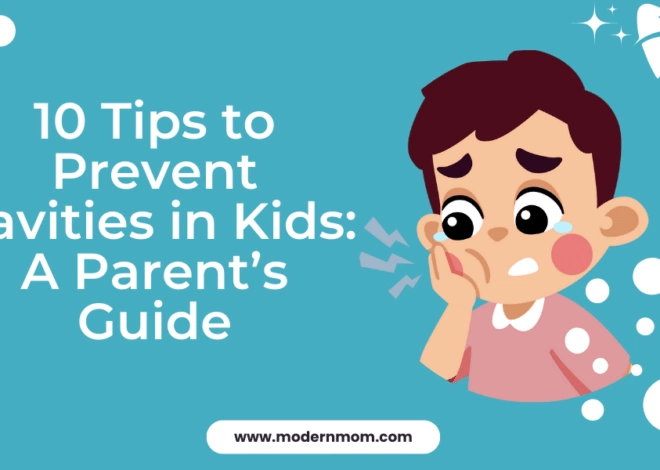External Ear Infection
An external ear infection, also commonly known as swimmer’s ear or otitis externa, affects the ear canal, which starts at the opening of the ear and continues to the ear drum. Otitis externa differs from a middle ear infection, which children commonly get from a cold. When a child has a middle ear infection, the eustachian tube becomes filled with fluid and bacteria. During an external ear infection, the skin of the ear canal becomes infected with bacteria.
Causes
Swimming often causes an external ear infection, particularly if a child has been swimming in a non-chlorinated body of water that has a high bacterial content, such as a pond or lake. If the water becomes washes away the earwax and becomes trapped in the ear canal, it creates an ideal spot for the bacteria to grow, according to MedlinePlus. If you use cotton swabs to clean the ears, you may increase your risk for swimmer’s ear, as the swabs can abrade the canal, providing a place for bacteria to grow.
Symptoms
An itchy outer ear is a common symptom of an external ear infection. You may notice that your child’s ear is red and that he feels pain when the ear is touched. Usually, swimmer’s ear causes swelling of the canal and some hearing loss. At the start of the infection, a clear fluid may drain from the ear. If left untreated, the fluid may turn into a yellowish pus. In the more advanced stages of an external ear infection, the ear canal can become completely blocked, according to MayoClinic.com. The child’s face and lymph nodes may swell.
Chronic Infection
Certain conditions make a chronic, or long lasting, ear infection likely. Chronic swimmer’s ear is an infection that persists for at least three months, according to MayoClinic.com. Constantly using cotton swabs or sticking foreign objects into your ear can lead to a chronic infection, as can a fungal infection or allergic reaction to antibiotics. The chronic infection can also spread to other areas of the body, especially if left untreated or if does not respond to treatment. In some cases, particularly in people with diabetes, external otitis can turn into malignant external otitis, a bacterial infection of the skull, according to MedlinePlus.
Treating the Infection
Your doctor will most likely prescribe antibiotic ear drops to treat an external ear infection. If the ear drops prove ineffective, you may need to take an oral antibiotic. In some cases, if the ear canal is very swollen, your doctor will insert a wick, made of cotton, into the canal to help it drain, according to MayoClinic.com. Make sure you complete the full course of medication, even if your or your child’s ear feels better, to prevent the return of the infection.
Prevention
You can prevent an external ear infection by drying the ear canal after swimming. You may want to use drops designed to help the ear dry before swimming as well as after. You could make the drops at home by mixing together equal parts white vinegar and rubbing alcohol, according to MayoClinic.com. If ear infections plague your child, he should wear ear plugs while swimming. Wait for your doctor’s OK before going swimming after an infection.




